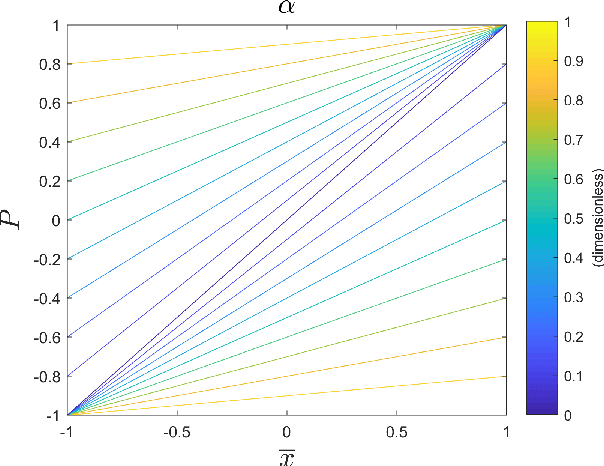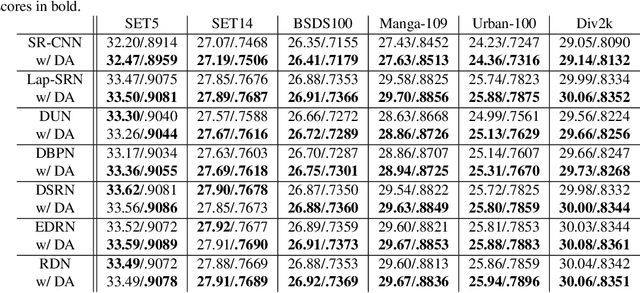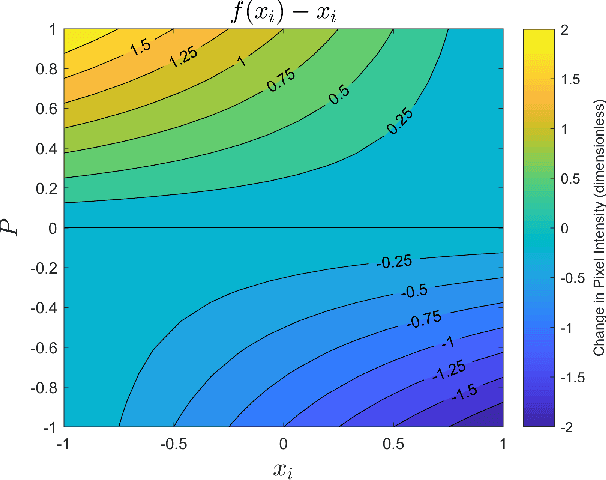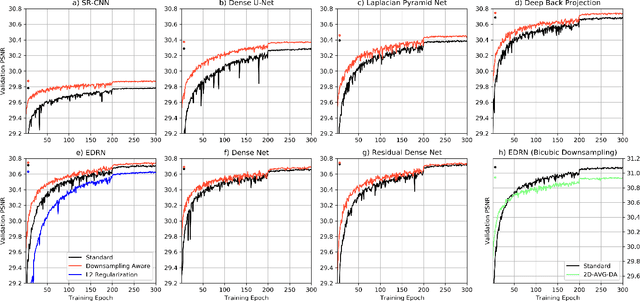Invertible CNN-Based Super Resolution with Downsampling Awareness
Paper and Code
Nov 11, 2020



Single image super resolution involves artificially increasing the resolution of an image. Recently, convolutional neural networks have been demonstrated as very powerful tools for this problem. These networks are typically trained by artificially degrading high resolution images and training the neural network to reproduce the original. Because these neural networks are learning an inverse function for an image downsampling scheme, their high-resolution outputs should ideally re-produce the corresponding low-resolution input when the same downsampling scheme is applied. This constraint has not historically been explicitly and strictly imposed during training however. Here, a method for "downsampling aware" super resolution networks is proposed. A differentiable operator is applied as the final output layer of the neural network that forces the downsampled output to match the low resolution input data under 2D-average downsampling. It is demonstrated that appending this operator to a selection of state-of-the-art deep-learning-based super resolution schemes improves training time and overall performance on most of the common image super resolution benchmark datasets. In addition to this performance improvement for images, this method has potentially broad and significant impacts in the physical sciences. This scheme can be applied to data produced by medical scans, precipitation radars, gridded numerical simulations, satellite imagers, and many other sources. In such applications, the proposed method's guarantee of strict adherence to physical conservation laws is of critical importance.
 Add to Chrome
Add to Chrome Add to Firefox
Add to Firefox Add to Edge
Add to Edge